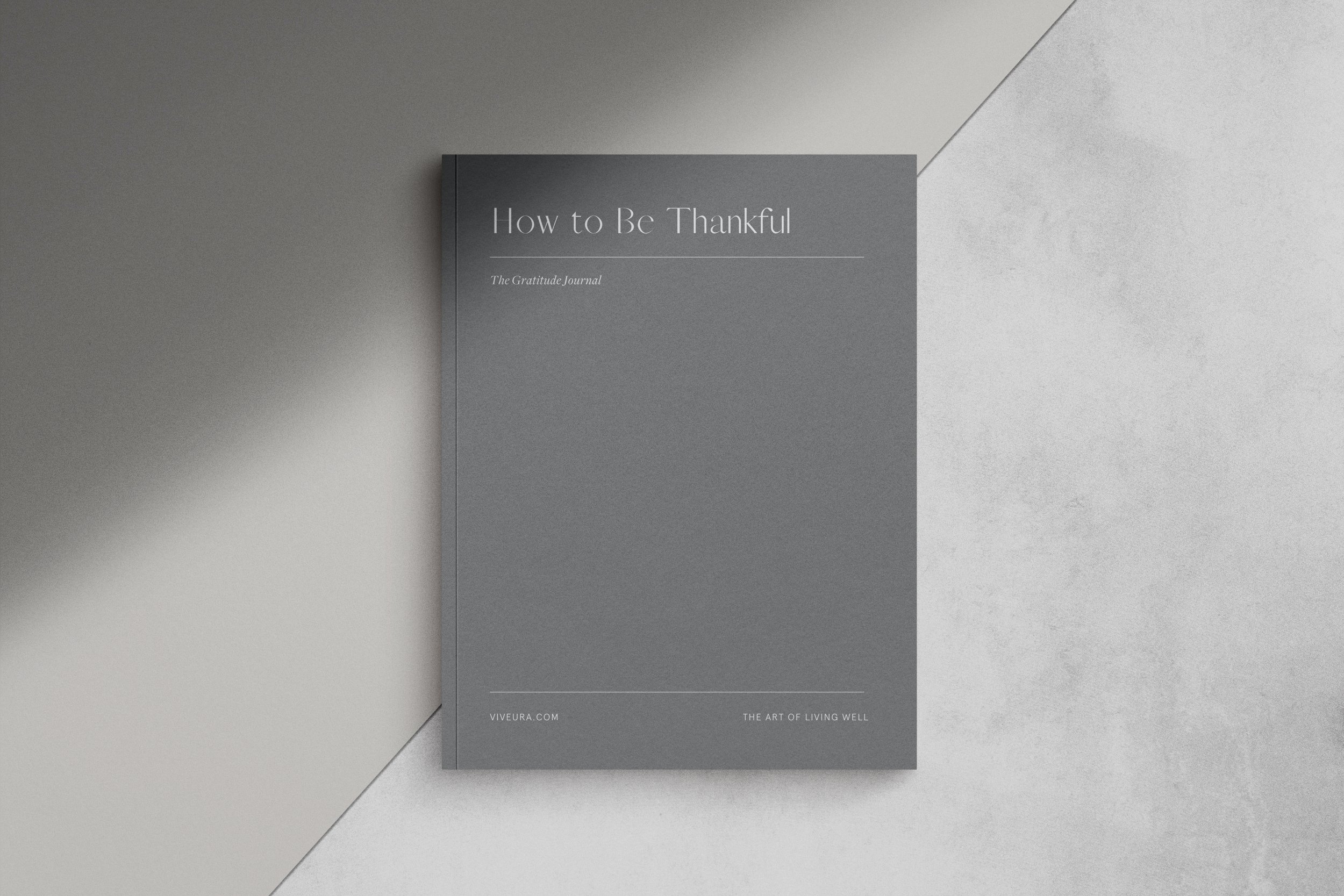How to Speak Eloquently: The Art of Articulation
The ability to communicate effectively is a skill set everyone needs but many lack. Here are simple tips to become more articulate.
Eloquence is the art of articulation. It's the practice of efficiently and effectively using language to influence or persuade others. This is a critical life skill as communication is key to the ability to foster healthy connections and relationships.
To speak eloquently is to speak in a way that delights others so they are more inclined to agree with or go along with what you are saying. This requires you to be mindful of when and how you speak. Here's how to craft a more charming communication style.
-
Introducing The Parlor, an exclusive repository of 100+ personal growth, self-care, and luxury living resources to help you thrive.
-
Explore The Dossier, our premium career and business intelligence platform for luxury industry professionals and brands.
Hold back
First, hold back. You don't have to participate in every part of the discussion. If there's a meeting going on or a conversation taking place, you aren't required to share your thoughts or opinions on every aspect of it. You can sit quietly, allow others to speak, and wait until there is something you truly want or need to say.
While you wait, observe and listen to others. Leverage your emotional intelligence — let their words sink in and process them fully, so when you're ready to speak you build on what has already been said. This will increase the chance of your words being more meaningful when you do speak. When you are ready, don't interrupt. Allow the person speaking to fully complete their thought before you chime in.
Often, we are driven by fear or ego and either don't want to be judged for not participating or don't want to be skipped over in conversation. So we jump in and say something just to say something. Instead, sit calmly and wait until your words can truly be of value. Hold back until you have something to say that's going to push the conversation forward in a useful way.
Say less
Second, say less. You risk being confusing when you are too verbose. Eloquence is being persuasive but that is not necessarily correlated with frequency or length of speech. So, learn how to use fewer words to say what you want to say. Being clear and concise is key.
This is another reason why it's important to hold back, so you can formulate your thoughts around how to best respond. When you jump into a conversation without listening, observing, or getting a sense of the direction it's going in, you risk speaking before knowing what you should say. This leads to rambling or even offending the other parties.
Once you do formulate a useful response in your mind, get to the point. Being a good conversationalist is not about how much air time you take up or how long you command the attention of others. It's about moving the discussion along in a positive direction. Sometimes that means sharing a significant but short statement or making a powerful but pithy point.
Start Thriving Now
Explore our exclusive repository of 100+ personal growth, self-care, and luxury living resources that will elevate your life.
Slow down
Filler words, such as "uh, well, I mean, and you know", aren't inherently bad and help a person sound natural and less robotic when speaking. However, overusing them is the enemy of articulation. Usually, this happens when you are nervous or haven't thought through what you want to say. The aforementioned points should help with both of these issues. Another technique is to speak slowly and pause often.
Eloquence is not a reflection of how fast you can make a point. Sure, some people are quick-witted and can swiftly flow through a discussion, responding to every question or comment with ease. This is usually the sign of someone who has a strong command of the subject or is quite used to being in the hot seat. It's a skill they have likely cultivated over time.
Becoming this good at speaking takes practice, and one area to work on is not muddling your words. First, slow down so you have a chance to think before you speak. Second, pause before you respond and interchange pauses with filler words as you speak. For example, instead of saying "um" to fill the gap while you search for the best word, just pause. Don't fear brief silence. It's better to speak slowly and surely than to speed through a response that's riddled with words that make you sound uncertain.
Use structure
Try to tell a story when you speak, especially if you have the floor for an extended period. If you are making a longer presentation, use a narrative structure to guide your listeners along. An example of a business communication framework is SAR:
Explain the situation (S) or lay out the context
Describe the action (A) that has been or should be taken
Discuss the results (R) or expected outcomes
Another example you can also use in informal conversation is to outline what you want to say in three bullet points and list them along the way (e.g. first, then, finally). This sequential tactic will prevent you from forgetting your points and keep listeners engaged with your story.
Whatever structure you use, the goal is to move through your points in a compelling and organized way so you don't lose your listeners. To keep them in a state of anticipation, introduce your framework at the beginning. To ensure they understood you, recap your points with concluding remarks at the end.
Be expressive
Some of the most captivating orators are those who convey feeling through their words or gestures. They enthrall listeners by incorporating emotion into their speech. Without being overly theatrical, there are two ways to become a more influential speaker in both personal and professional settings.
First, expand your vocabulary so you can integrate more descriptive words. Build a repository of words to draw from that allow you to better illustrate your point. These words can be simple and colloquial but should be vivid and dynamic so they draw listeners in. It's the difference between saying "it was really good" and "it was an unexpected feast filled with delicacies that delighted my taste buds", in response to a question about a fancy dinner you attended.
Keep in mind, quality over quantity is the secret to eloquence. Enhance how you speak with richer descriptors, but don't stuff your sentences with complicated words. Overly complex language could potentially confuse others and make you look pretentious.
Second, be aware of and use your body language to express what your words can't. Match your facial expressions to your feelings about what you are discussing (e.g. if you were delighted, smile when saying so). Animate your body so it works in partnership with your words, highlighting and emphasizing the most notable parts of your narrative.
If your conversation is over a phone or conference call with no video, play with intonation. This means varying your pitch to better indicate your stance on the subject. No one appreciates a monotone voice that drones on without offering any clue as to how the speaker feels. This flat style of communication is not only boring, but it's also hard to absorb as the brain uses emotion to process and assign meaning to words.


















